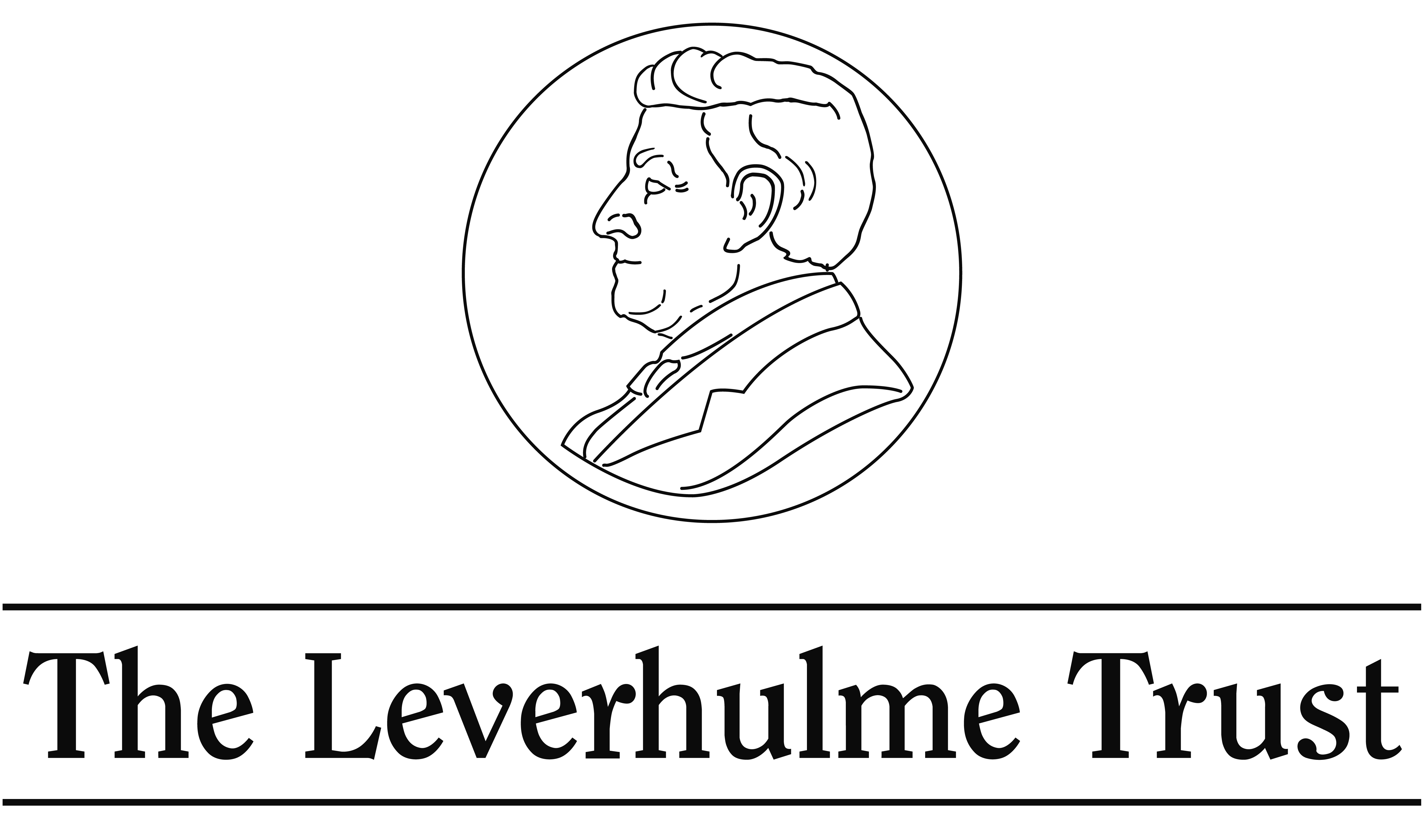Self-Organization in Cold Atoms

Introduction
The project is aimed at the creation and manipulation of atomic density patterns by contact-free self-assembly due to optomechanial forces. We are looking at large patches (samples size of some millimetres) of laser cooled matter (only a millionth to a ten-thousands part of a degree above absolute zero), which will be structured on scales from wavelengths to tens and hundreds of micrometres. We also became interested in spontaneous magnetic ordering via light-induced interactions in cold atoms. In contrast to earlier work in J=1/2-atoms, we are addressing now dipolar and quadrupolar ordering and their interactions, with interesting connections to heavy-fermions systems and unconventional superconductivity in condensed-matter.
The spatial structure is not imposed externally but evolves spontaneously from an instability of the homogeneous atomic cloud in interaction with a homogeneous light field. Atoms will start to move in the dipole force field created by spatial fluctuations in the light field, bunch together and leave voids behind. The resulting inhomogeneous atomic density distribution will serve as a grating which scatters the light and this amplifies the original fluctuation of the light field leading to a sustained spatial pattern in both light and matter.
A huge variety of self-organized periodic, quasi-periodic and localized light patterns was demonstrated before in hot atoms, i.e. vapour cells, (see details), but rely there on spatial modulations of internal states (excited states, Zeeman states or coherences). They are an important example for the beautiful structures which can arise spontaneously in non-equilibrium systems in all areas of science, technology and nature. On the other hand, optomechanical structures were observed before, but only in quite constrained geometries, in which the length scales and pattern symmetry was fixed a priori by the pump axis and a second distinguished axis (typically a cavity axis).
This project brings the two strands together and demonstrate spontaneous symmetry breaking around a single pump axis. Symmetry and length scale are self-selected by the system (see the examples and especially the hexagons in the image on the top of the page). This constitutes a well-controlled pattern forming system with the possibility of a microscopic description and the potential to identify quantum phenomena in self-organization.
We are working mainly on so-called single-mirror feedback systems, because of their conceptual simplicity and as they are easy to handle experimentally, but we have also activities on cavity systems.
Single-mirror feedback systems
A conceptually particularly simple scheme which already forms optical patterns consists of a thin slice of a nonlinear medium and a distant plane reflector. It was suggested at Strathclyde (W. J. Firth, J. Mod. Opt. 37, 151, 1990). During the propagation of the transmitted beam to the mirror and back, different points in the transverse plane are coupled by diffraction. Diffraction also converts phase in amplitude modulation which in turn can change the refractive index of the nonlinear medium and thus close the feedback loop (click here for a more detailed description of the mechanism of the instability). The wavelength of the pattern to emerge scales with the square root of the cell to mirror distance d. This scale can be explained by the Talbot effect. For previous work in hot atomic vapours, see the summary here.
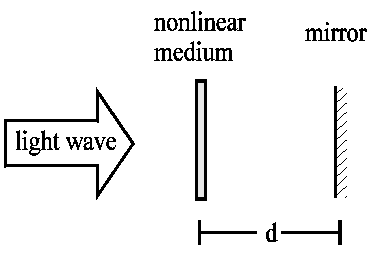
single mirror feedback
Latest News
Spontaneously Sliding Multipole Spin Density Waves in Cold Atoms reported in Physical Review Letters
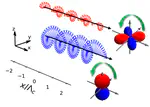
Generating Multiparticle Entangled States by Self-Organization of Driven Ultracold Atoms reported in Physical Review Letters

Review on self-organization with single-mirror feedback “Self-Organization in Cold Atoms Mediated by Diffractive Coupling” in atoms

Thorsten Ackemann coordinates MSCA-European Training Network ColOpt (Collective Effects and Optomechanics in Ultra-cold Matter)
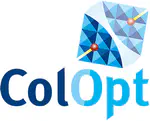
Observation of self-organized hexagons via optomechanically nonlinearities reported in Nature Photonics, see News Release and coverage in Optics & Photonics News.
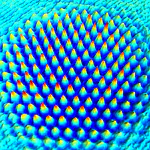
Recent publications
People
- Prof. Thorsten Ackemann
- Dr. Paul Griffin
- Dr. Gordon Robb
- Prof. Gian-Luca Oppo
- Mr. Adrian Costa-Boquette
- Mr. Pedro Gomes
Collaboration
-
R. Kaiser, G. Labeyrie (Institut de Physique de Nice)
-
Dr. Ivor Kresic(Institut of Physics, Zagreb)
Former members/collaborators
Funding
- European Union MSCA 721465: Collective Effects and Optomechanics in Ultra-cold Matter- ColOpt (01/2017 - 06/2021, €3.9M, Strathclyde: £0.8M)
- The Leverhulme Trust: Self-organization in samples of cold atoms. (01/2011 – 04/2015, £248,948)
- The Royal Society London: Cooperative effects and nonlinear optics in dense ensembles of cold atoms. (2011-2013, £11, 915)

